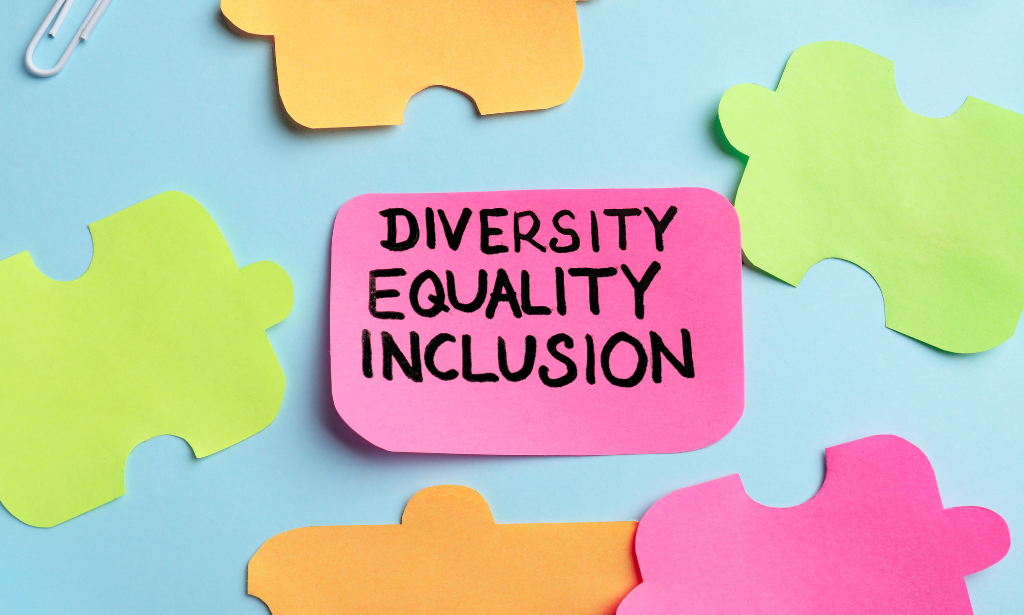
Understanding EDI: What’s It All About? 🌍
Understanding EDI: What’s It All About? 🌍
EDI (Equity, Diversity, and Inclusion) isn’t just a buzzword—it’s about creating spaces where everyone feels safe, valued, and respected. Whether you’re in school, at work, or online, EDI affects how we interact, understand each other, and make decisions.
What Does EDI Mean?
Equity means giving everyone what they need to succeed. It’s not about everyone getting the same thing, but about ensuring fairness and support for all, no matter their background.
Diversity is about embracing differences. Whether it’s race, gender, disability, age, or cultural background—our differences are what make us unique and stronger as a community.
Inclusion is ensuring everyone has a seat at the table—no one should feel left out or marginalized. It’s about making sure people are not only present but actively heard and respected.
Why Is EDI Important?
In a world that’s becoming more connected, embracing diversity and ensuring equity in all areas of life helps create safer, more supportive spaces for everyone. It leads to better ideas, stronger communities, and more respect for all people.
By promoting EDI, we challenge stereotypes, break down barriers, and build a world where everyone feels included and empowered to succeed.
Test Your EDI Knowledge 💡
Ready to see how much you know about EDI? Take our quick quiz below to test your knowledge and maybe even learn something new!
1. What’s the difference between equity and equality?
A) Equality is giving everyone the same, equity is giving everyone what they need.
B) Equity is for people with disabilities, equality is for everyone.
C) Equality means treating everyone the same, regardless of needs.
2. Why is diversity important in a community?
A) It brings fresh perspectives, ideas, and solutions.
B) It’s only important for cultural events.
C) It creates conflict and division.
3. What does inclusion mean?
A) Making sure everyone is invited but not heard.
B) Ensuring everyone feels valued and has the opportunity to contribute.
C) Including only people who agree with the majority.
4. Which of the following is an example of inclusion?
A) A school inviting students to a debate but not allowing everyone to participate.
B) A workplace having a diversity day but not supporting diverse ideas.
C) A group project where every team member’s ideas are heard and respected.
How’d you do? Keep learning about EDI and make a difference in your community by putting your knowledge into action!